
Canonization Miracles
To formally declare someone a saint, the Church demands evidence of sanctity backed up by well evidenced miracles. We are all called to be saints but very few are formally declared canonised saints. The diocesan tribunal judgement of a candidate for canonization is notified to the Congregation for the Causes of the Saints. Once the Pope approves the Decree of Heroic Virtue, the person becomes Venerable. To proceed further, a well-evidenced miracle is required. The diocese in which the purported miracle has occurred conducts its own investigation.
The miracle must only be attributed to the intercession of a Venerable alone rather than invoking the intercession of a litany of saints, and the miracle must be more or less instantaneous. In the case of martyrdom, the requirement for a miracle is waived. Then with the Pope’s approval, the person is beatified and declared Blessed. A second miracle is now required for canonisation of the Blessed and the person is then called a saint.
The canonisation of Mother CabriniAn example of a canonisation miracle is that of the healing of Peter Smith in the canonisation of Mother Cabrini in 1946. Mother Cabrini (1850-1917) in 1880 founded the Institute of Missionary Sisters of the Sacred Heart of Jesus. In a Missionary Sisters hospital, a nurse dropped 50- per cent silver nitrate solution, instead of 1-per cent strength eye-drops into the eyes of newborn Peter. His face was “like charred wood, cheeks and lips blackened and burnt…where eyes should be are only two grotesque edemic swellings.” The doctors and specialist eye doctor could do nothing. The baby was totally blind and disfigured. The nuns prayed all night to their foundress, Mother Frances Cabrini, seeking a miracle. The following morning, they found Peter had two perfect eyes, and his skin was healing without scarring. Shortly after this, Peter got pneumonia and was on the verge of death. The sisters again prayed all night and the next morning, a second miracle occurred as the pneumonia was gone. Peter attended the Mother Cabrini’s canonisation ceremony and eventually became a priest. This miracle has religious significance, is a sign verifying theism and is inexplicable in terms of philosophical naturalism. |
|
Sr. Marie Simon-PierreA more recent canonisation example involved Sr. Marie Simon-Pierre who suffered from the same disease as Pope John Paul II, namely the degenerative, incurable Parkinson’s disease. The forty-year-old nurse was exhausted with pain, hand tremors and a paralysed left arm. Pope Benedict XVI had waived the canonization five-year rule for John Paul II, so the nun’s congregation of the Little Sisters of Catholic Motherhood prayed to the recently departed Pope John Paul II to intercede with God for a miracle. A miracle was granted two months to the hour after the Pope’s death. |
Well Evidenced Canonization Miracles
Well evidenced miracles, especially from Lourdes, indicate that miracles are possible and the evidence is compelling, so miracles produce significant evidence for theism. G.K. Chesterton said, “The most incredible thing about miracles is that they happen.” Miracles support the view that faith is reasonable, but sometimes people take a possibly more unreasonable approach, denying the evidence for a miracle because it could open up the possibility of theism being true. Fyodor Dostoyevsky claimed that if an unbeliever is “confronted with a miracle as an irrefutable fact he would rather disbelieve his own senses than admit the fact.”
‘A ray cured tumour’, says woman who claimed Mother Teresa’s first miracle
3 Beautiful Miracles of Saint Padre Pio
20 Young Catholic Saints That You MUST Know of!
Archbishop Fulton Sheen and His Pro-Life Miracle
Brother André Bessette, Miracle man will be canonized on Sunday
Canonization of Saint Kateri Tekakwitha
Cardinal John Henry Newman’s Pro-Life Miracle!
Costa Rican ‘miracle’ woman arrives for JPII’s canonisation
Miracle that led to Oscar Romero’s canonization
Miracles Brother Andre Miracle 430 3
Modern-day miracles of Padre Pio
St. Josephine Bakhita
The miracle considered for Mary MacKillops sainthood
The miracle of John Paul II Marie Simon- Pierre
The miracle that allowed for the canonization of St. Therese of Lisieux’s parents
The miracles and canonization of Mother Teresa
More About Miracles
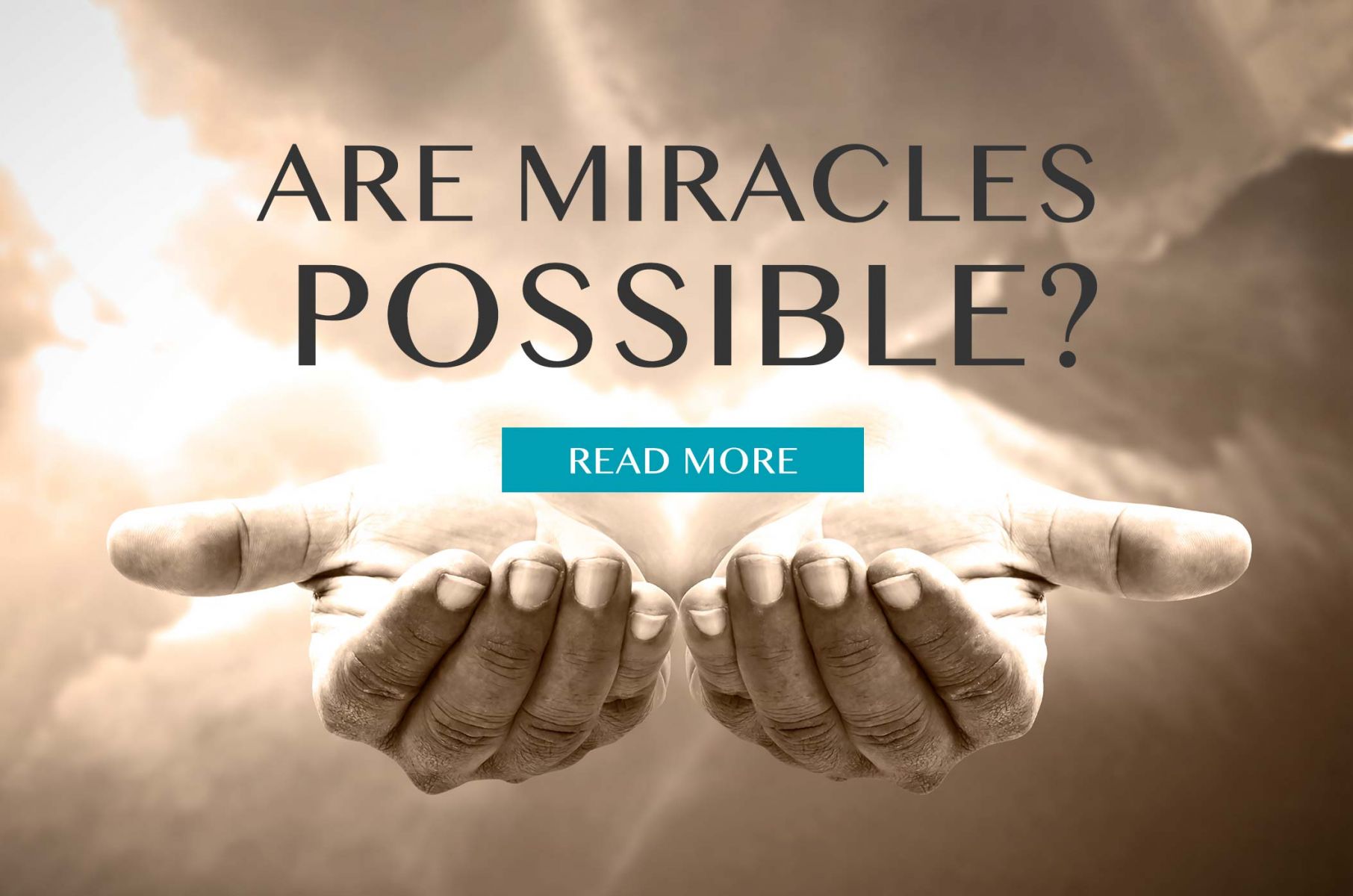 |
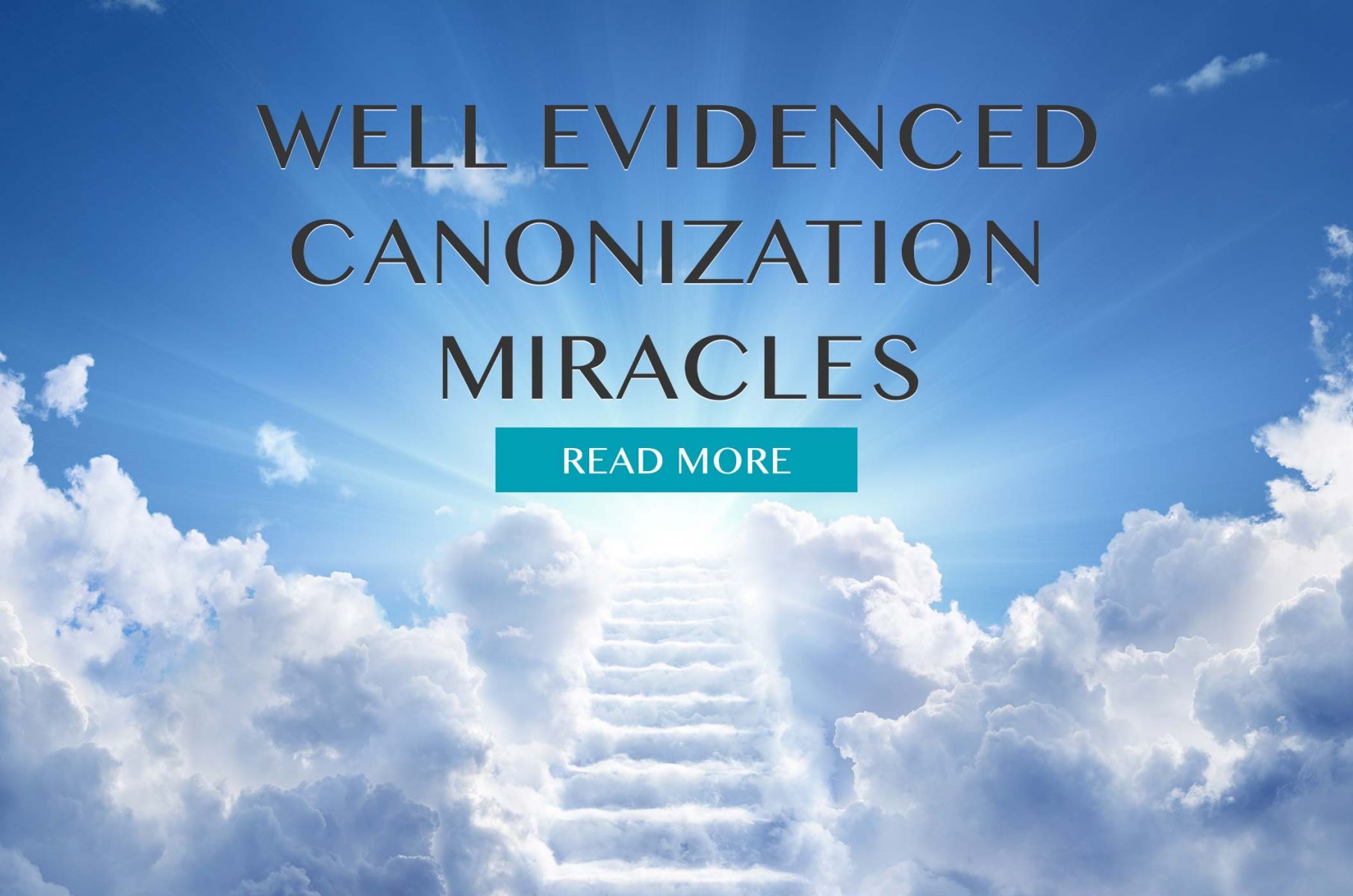 |
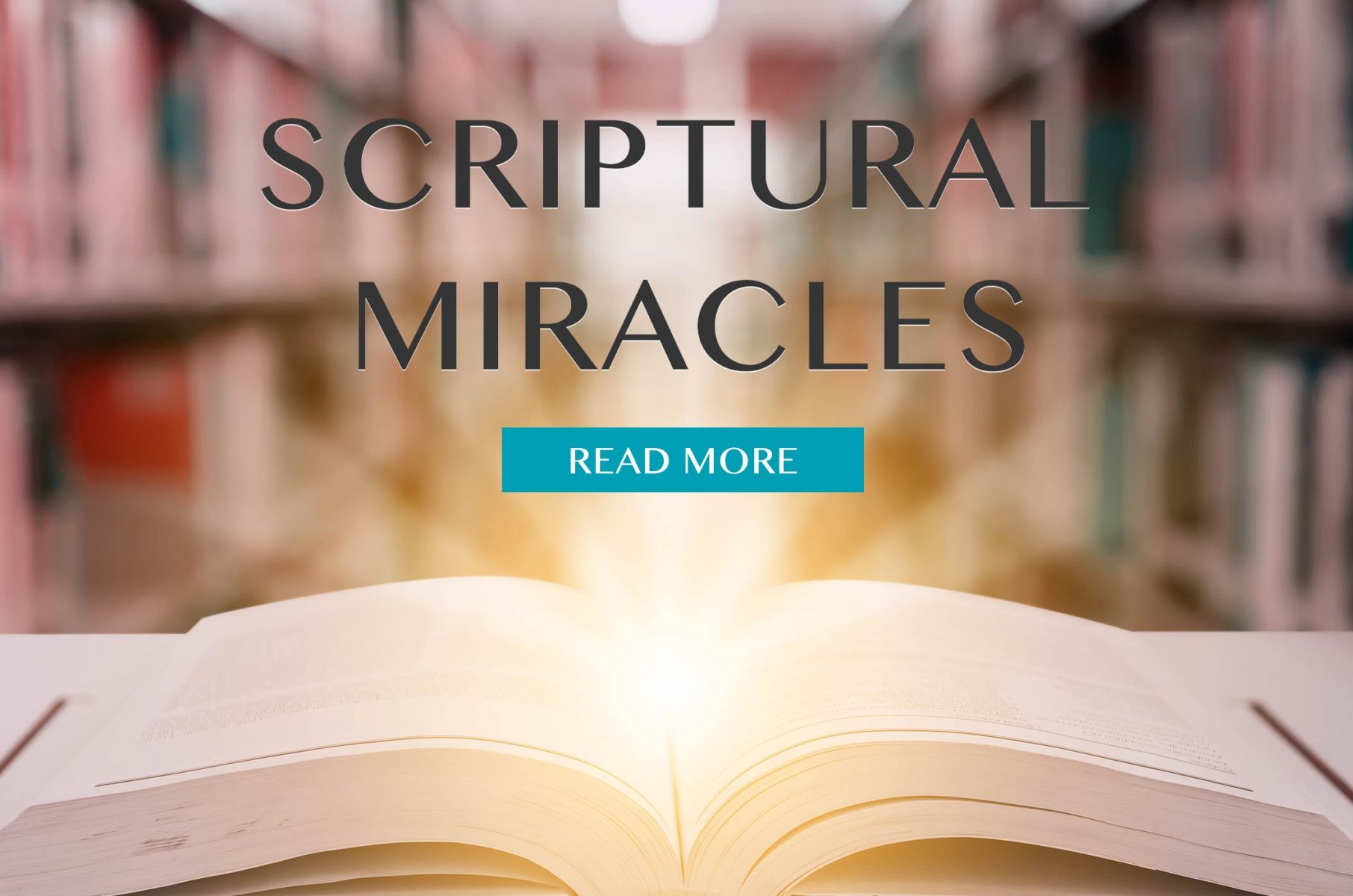 |
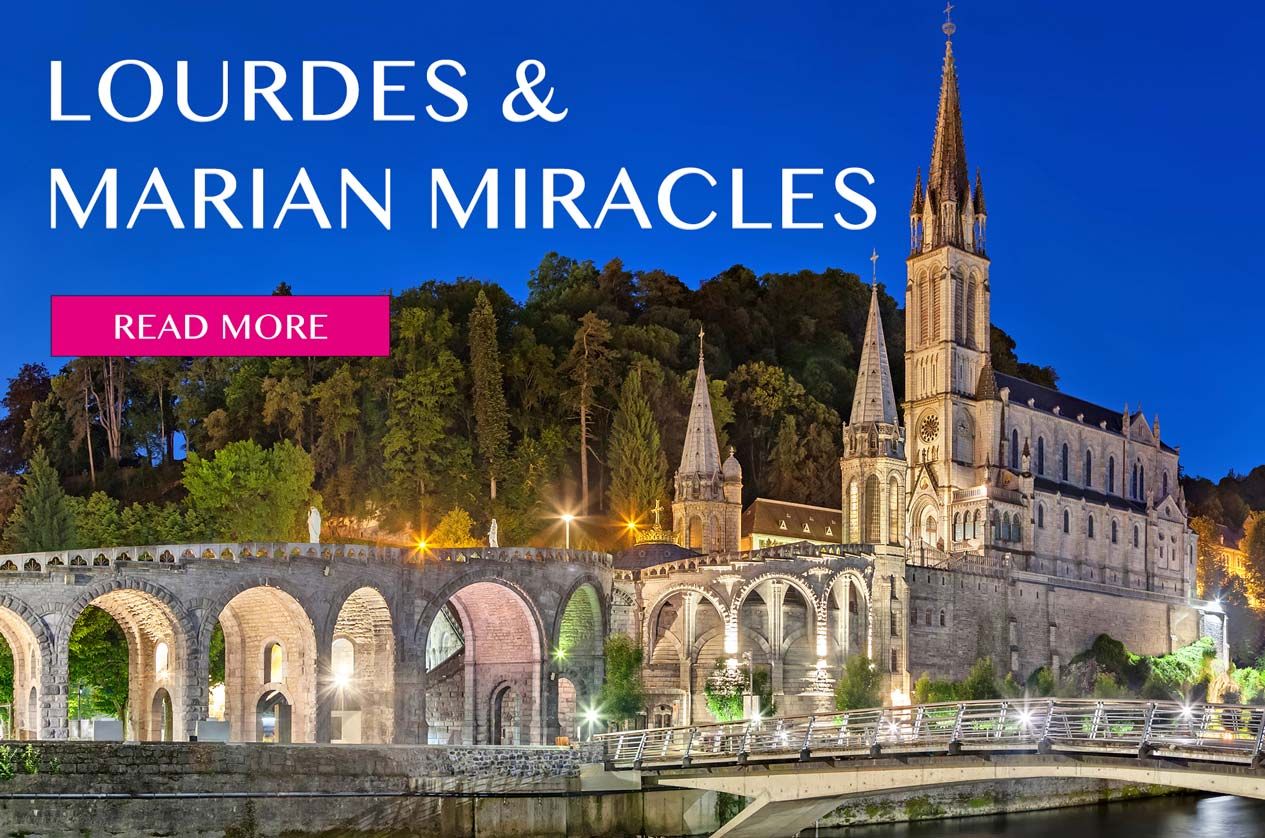 |
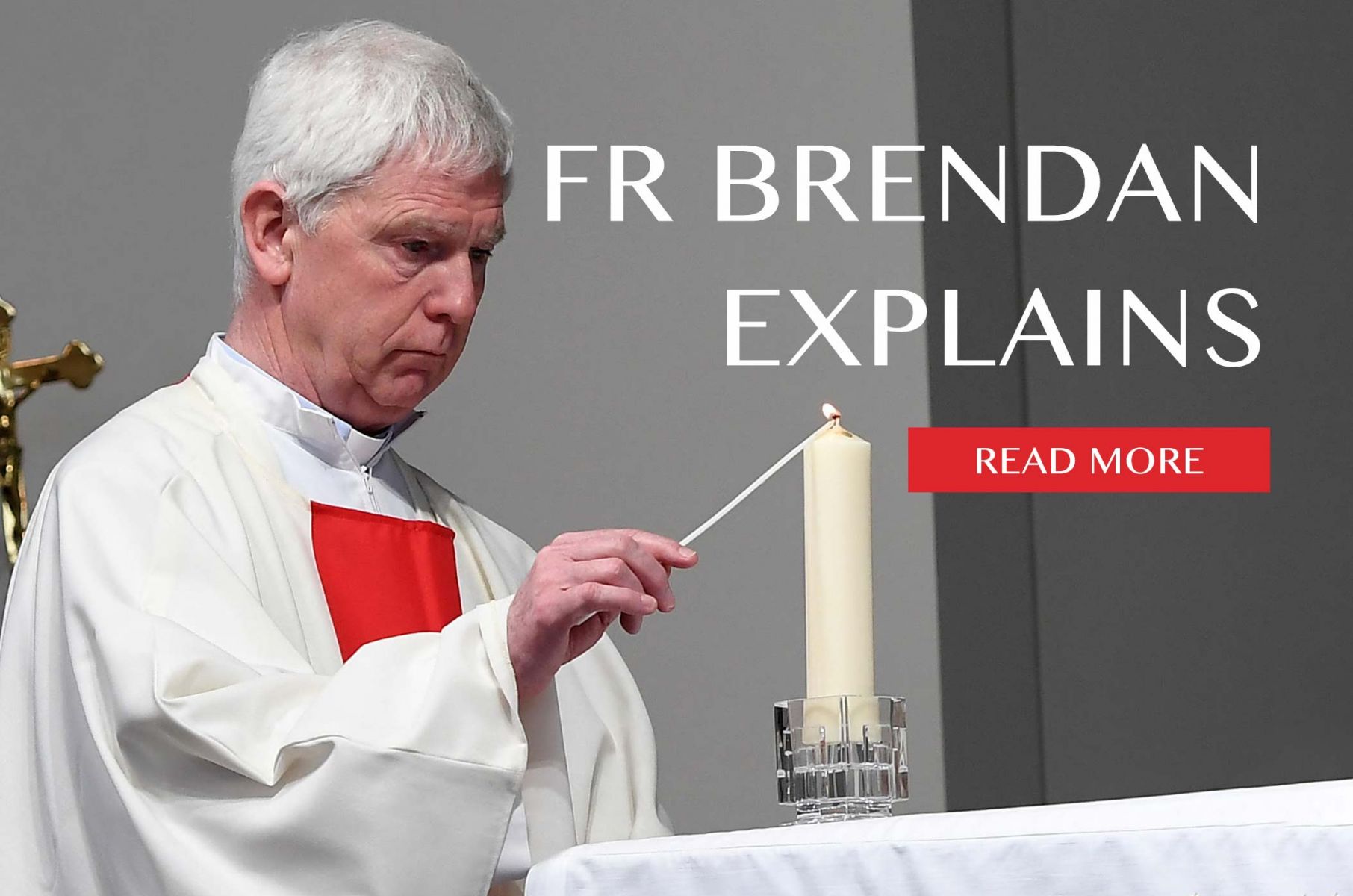 |
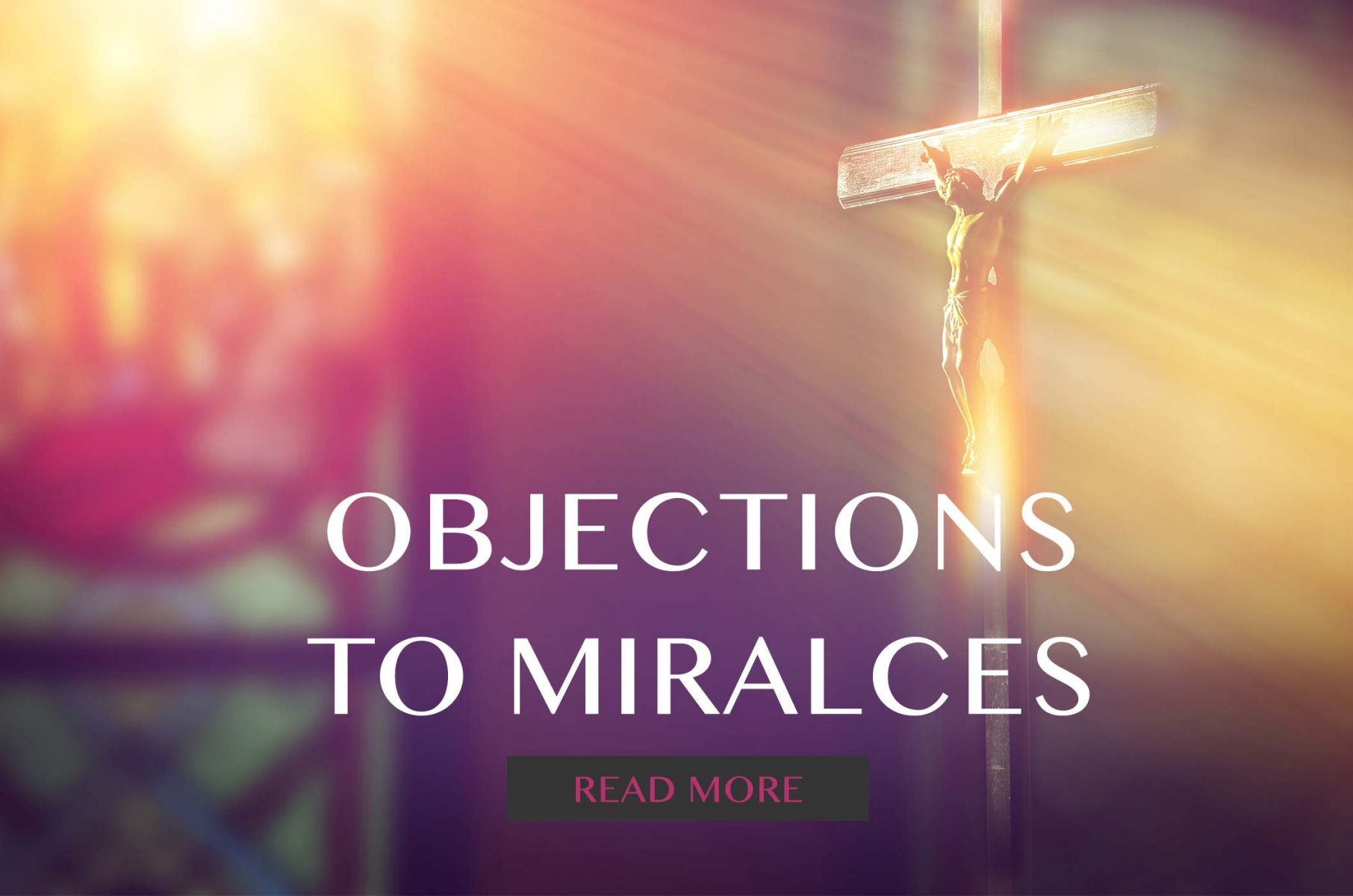 |
